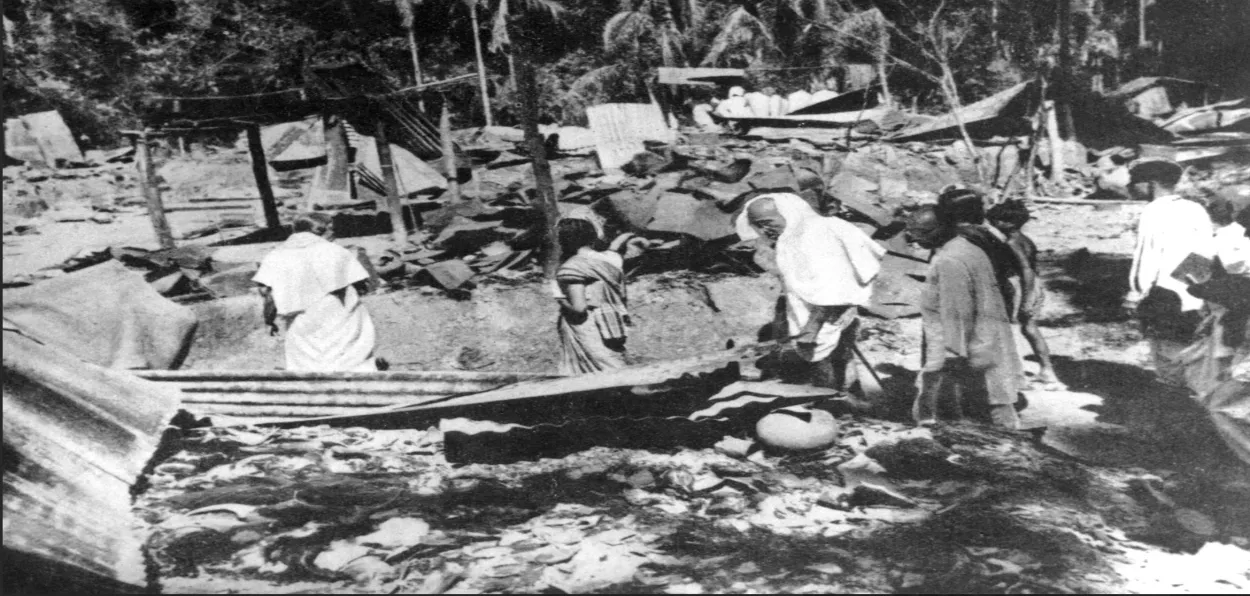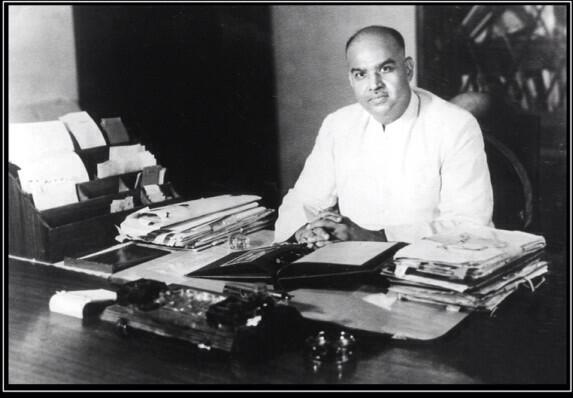
Saquib Salim
Mohandas Karamchand Gandhi is the most respected and admired as well as criticized and despised public figure from India. Myths, disinformation, and half-truths are often used to question his commitment to humanity in general and Indians in particular.
Every year we see several Facebook posts, tweets, etc. on 15 August questioning why Gandhi was not in Delhi when India attained independence. A photograph in which Gandhi is seen with H. S. Suhrawardy, the then Muslim League leader and Chief Minister of Bengal at his house in Kolkata on 15 August 1947 accompanies such rants. It's a fact that Gandhi was in Bengal as India attained freedom from the British where he was trying to douse the fire of communal violence. The partition of India had pushed Muslims and Hindus to the brink of a civil war.
Critics often see Gandhi’s efforts to stop this mayhem as his 'bias' against Hindus by his critics. They ask why he went to Bengal where mostly Muslims were killed and not to places where Hindus were under attack.
Interestingly, a year ago, Gandhi faced a similar question from the Muslim League. After the direct action day violence in which mostly Hindus suffered at the hands of Muslim League-led mobs; they asked him why he didn't show empathy for Muslims.

Syama Prasad Mukherjee
Harijan Newspaper reported (October 27 1946) quoted Gandhi as he addressed his followers in New Delhi, “He was not going to Bengal to pass judgment on anybody. He was going there as a servant of the people and he would meet Hindus and Muslims alike. Some Muslims looked upon him as an enemy today. They had not always done so. But he did not mind their anger. Were not his religionists angry with him at times?”
Interestingly, people who criticise Gandhi for his role in 1947 often admire Syama Prasad Mukherjee for stopping the riots in Bengal. They should know that Mukherjee was among the those who invited Gandhi to Bengal in August 1947.
Vina Mazumdar in her autobiography Memories of a Rolling Stone notes, “While other leaders were preparing to celebrate the coming of independence, Gandhiji started on his journey back to Noakhali, accompanied by his chief interpreter, Prof. N.K. Bose. Before the train reached Howrah, Shyama Prasad Mukherjee and H.S. Surawardy, the Chief Minister of Bengal, met Gandhiji and requested him to get down at Howrah and to use his presence to prevent the massacre of Muslims at the dawn of independence.
“ Shyama Prasad said, ‘We came together to convince you that we need your presence if we are to hold back the frenzy.’”
It was the power of Gandhi’s character, which even critics should acknowledge, that a Muslim League leader like Suhrawardy, who led the killings of Hindus a year ago during the direct action day, was sitting with him singing Bhajans in praise of Hindu gods. Suhrawardy was singing Raghupati Raghav Raja Ram, wearing a lungi and vest like a common Bengali Hindu.
Hamidul Huq Choudhury in his Memoirs noted that after the direct action day killings when Gandhi arrived in Kolkata (then Calcutta) Syama Prasad Mukherjee accompanied him at every important place along with Pyarelal (Gandhi’s secretary). Suhrawardy did not listen to Gandhi and even even misbehaved with him.
Choudhury wrote that at the time of the Partition, Suhrawardy along with Gandhi, “used to move around with him preaching the gospel of Hindu‐Muslim unity.”
ALSO READ: Soldiering is not about picking a gun and firing: Syed Ata Hasnain
Syama Prasad Mukherjee was the leader of Hindu Mahasabha and went on to form Bharatiya Jana Sangh (the predecessor of the present day BJP). He believed that only Gandhi was the solution to the problems Bengal was facing in 1946 and 1947.
